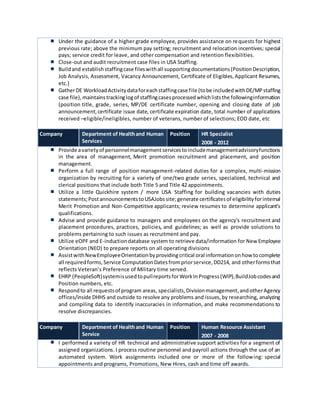“Crypto Market Watch: Expert Analysis of Layer 1 Solutions, Futures Expiration, and Technical Trading Strategies”
The world of cryptocurrency is constantly evolving, with new markets emerging and old ones being disrupted by technological advances. In this article, we will examine three key areas that are crucial to understanding the cryptocurrency market: Layer 1 solutions, futures expiration, and technical analysis.
Layer 1 Solutions: The Foundation of Cryptocurrency Markets
Layer 1 solutions refer to the underlying technology or infrastructure that enables cryptocurrency transactions and data exchange. These solutions are often referred to as “blockchain protocols.” Examples of popular Layer 1 solutions include Ethereum (ETH), Bitcoin Cash (BCH), and Ripple (XRP).
While Layer 1 solutions provide the foundation for cryptocurrency markets, they can also be vulnerable to security threats and scalability issues. The emergence of decentralized finance (DeFi) has highlighted the importance of Layer 2 solutions like Optimism and Polygon, which aim to improve scalability and reduce transaction costs.
Futures Expiration: A Critical Aspect of the Cryptocurrency Market
Futures expiration refers to the process by which contracts or derivatives are settled. In cryptocurrency markets, the expiration of futures contracts is a crucial aspect that can affect prices and market sentiment. When a contract expires, it either fills a buy order for the underlying asset (e.g. Bitcoin) at the initial price or fills a sell order for the same asset at the inverse initial price.
Futures expiration has significant implications for cryptocurrency markets, including:
- Price Volatility: Futures expiration can cause price volatility as market participants react to the settlement of contracts.
- Risk Management: Knowing when futures contracts expire is important to managing risk in cryptocurrency markets. It is crucial to identify when a contract will expire and make informed decisions about position sizing and stop loss orders.
Technical Analysis: A Powerful Cryptocurrency Market Analysis Tool
Technical analysis refers to the study of market data and patterns using charts, indicators, and other techniques. In cryptocurrency markets, technical analysis is essential for identifying trends, reversals, and support and resistance levels.
Some popular technical analysis tools include:
- Bollinger Bands: This indicator measures the volatility of a security or asset over time.
- Moving Averages

: These lines show the average price of an asset over a period of time.
- Relative Strength Index (RSI): This indicator measures the speed and change in price movements.
Technical analysis can be used to:
- Identify Trends: Determine whether a trend is coming to an end or has reversed.
- Predict Price Movements: Use indicators such as Bollinger Bands, RSI, and others to predict future price movements.
- Set Stop-Loss Orders: Set support and resistance levels to set stop-loss orders and limit potential losses.
In summary, monitoring the cryptocurrency market requires a deep understanding of Level 1 decisions, futures expiration, and technical analysis. By mastering these areas, traders and investors can make informed decisions and navigate the complex cryptocurrency markets with confidence. Remember to always stay up to date with the latest developments in cryptocurrency technology and markets and never rely solely on technical analysis without considering other factors such as news, sentiment, and market conditions.
Disclaimer: This article is for informational purposes only and should not be construed as investment advice. Trading in cryptocurrencies involves significant risk, so it is essential to do your own research and consult a financial advisor before making any decisions.